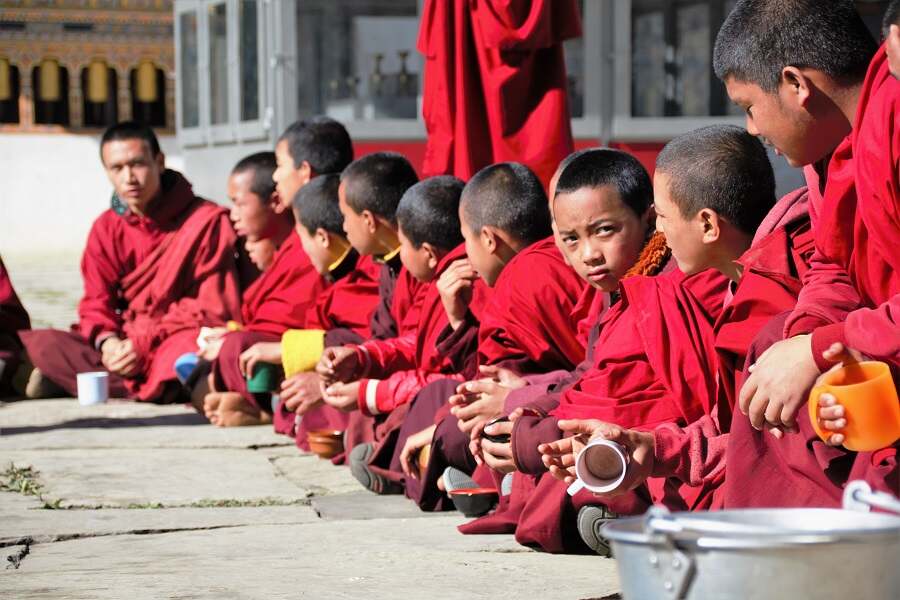In the Land of Stillness: Life Among Bhutan’s Monks
Bhutan offers something different. It doesn’t shout for attention; it whispers.
Landing in Paro feels less like arriving and more like exhaling. The mountains wrap around the valley like folded arms, and the air carries a kind of hush that’s hard to describe. Bhutan doesn’t shout its presence—it simply exists, quietly, with grace. And at the centre of it all are the monks, living embodiments of a culture that values stillness over speed, intention over impulse.

In Thimphu, the capital, monks in deep maroon robes move through the streets with a kind of unhurried rhythm. At Dechen Phodrang Monastery, young novices sit cross-legged on worn cushions, chanting ancient texts with voices that seem older than they are. Their days begin before sunrise, filled with rituals that have remained unchanged for centuries—sweeping courtyards, lighting butter lamps, and meditating in silence. There’s no performance here, just presence.

Further east, in Punakha, the culture opens up in colour and movement. During a tshechu festival, masked monks perform sacred dances that tell stories of karma, compassion, and liberation. The crowd watches in reverent silence as drums echo through the valley. It’s not just a celebration—it’s a living transmission of belief, passed from one generation to the next.
Monastic life in Bhutan isn’t separate from the rest of society—it’s woven into it. Monks bless new homes, guide village rituals, teach children, and comfort the grieving. Their presence is steady, like the prayer flags that ripple across every ridge—always there, always moving with the wind.

One evening, beneath a Bodhi tree, a group of monks gathers for evening prayers. The sun dips behind the mountains, and their chants rise like mist. A few locals sit nearby, eyes closed, hands folded. No one speaks. The moment stretches, soft and golden.
Bhutan’s culture doesn’t ask to be understood—it invites people to feel it. Through the lives of its monks, it offers a quiet kind of wisdom: that peace isn’t found in silence alone, but in the way silence is held. And for those who spend time here, something shifts—not dramatically, but deeply. A new rhythm settles in. One that lingers long after the journey ends.

